No products in the cart.
Printer Cable 20M
Original price was: KSh 2,800.00.KSh 2,500.00Current price is: KSh 2,500.00.
In stock
- Length: 20 meters (65.6 feet)
- Types: USB-A to USB-B, Ethernet (RJ45), Parallel (DB25 to Centronics), Serial (RS-232).
- Data Transfer: USB 2.0 (up to 480 Mbps), USB 3.0 (up to 5 Gbps), Ethernet (1 Gbps+).
- Applications: Ideal for large offices, industrial settings, networked printing.
- Durable Construction: PVC or rubber insulation
- Compatibility: Works with most USB, Ethernet, and legacy printer systems.
- Easy Setup: Plug-and-play for USB and Ethernet
- Maintenance: Regularly inspect, clean connectors
Printer Cable 20M
A Printer Cable 20M refers to a data transmission cable with a length of 20 meters (approximately 65.6 feet), designed to connect a printer to a computer, laptop, or network device over a relatively long distance. This extended length is ideal for environments where devices need to be placed far apart, such as in large office spaces, warehouses, industrial areas, or areas with challenging layouts.
The 20-meter length provides flexibility for remote printing or for networked printer setups. This cable ensures reliable and high-quality data transfer, even at longer distances, and is particularly useful for large-scale installations where shorter cables would not suffice. A 20-meter printer cable typically supports the same types of connections as other printer cables, such as USB, Ethernet, or parallel connections.
1. Basic Structure and Components
A Printer Cable 20M consists of the following key components:
- Connectors:
- USB-A to USB-B: For most modern USB printers, the USB-A connector plugs into the computer or laptop, and the USB-B connector connects to the printer. This is the most common type for USB printing.
- Ethernet (RJ45): Used for network-enabled printers, where the printer is connected to a local area network (LAN), allowing multiple computers or devices to print remotely.
- Parallel (DB25 to Centronics): An older connection format, mostly found in legacy printer setups, where the DB25 connector connects to the computer, and the Centronics end connects to the printer.
- Serial (RS-232): Some industrial printers still use serial connections to transfer data.
- Cable Insulation:
- The cable is typically wrapped in PVC (Polyvinyl Chloride) or rubber for protection, ensuring that the internal wires are shielded from physical damage, moisture, and environmental factors.
- Shielding is often included to prevent electromagnetic interference (EMI), especially when transmitting data over long distances.
- Internal Conductors:
- The internal wires (usually made from copper) are responsible for transmitting data between the connected devices. These wires are typically twisted or shielded to reduce signal degradation over longer lengths, ensuring reliable data transfer.
2. Types of Printer Cables
There are several types of printer cables that may be available in a 20-meter length, each designed for a specific purpose:
- USB-A to USB-B Printer Cable:
- Most commonly used for modern USB printers.
- The USB-A connector plugs into the computer or laptop, while the USB-B connector is used for connecting the printer.
- Offers fast data transfer rates with USB 2.0 (up to 480 Mbps) and USB 3.0 (up to 5 Gbps) for faster communication.
- Ethernet (RJ45) Printer Cable:
- Ideal for network printers.
- Allows the printer to be connected to a LAN or Wi-Fi network, enabling multiple devices (computers, laptops, mobile devices) to access the printer remotely.
- Typically supports high-speed transfers of up to 1 Gbps or more.
- Parallel Printer Cable (DB25 to Centronics):
- Used for older printers that utilize a parallel port.
- This type of connection is mostly obsolete today but can still be found in legacy systems.
- Serial Printer Cable (RS-232):
- Used for industrial or legacy printers that still rely on serial connections.
- Although less common today, serial communication is still in use for certain types of devices that require a stable, long-distance connection.
3. Applications
The Printer Cable 20M is ideal for a variety of use cases, particularly when a printer is placed a significant distance from the computer or network source. Common applications include:
- Large Offices and Enterprises: In environments where computers and printers are located in different rooms or areas, a 20-meter cable ensures that devices can still be connected effectively.
- Industrial and Warehouse Settings: In large facilities, printers may need to be placed in centralized locations, far from workstations or computers. A 20-meter cable allows for this without compromising connectivity.
- Networked Printing: If the printer is network-enabled (using an Ethernet connection), a 20-meter cable is ideal for linking printers with a LAN, enabling printing access for multiple users.
- Server Rooms and Data Centers: In server rooms, printers may be installed at a distance from the servers or workstations to reduce clutter or optimize space. A 20-meter cable provides the necessary length to bridge the gap.
- Home and Studio Setups: For larger home offices or studio spaces where printers and computers are located in different rooms or floors, a 20-meter cable provides the flexibility needed to maintain a stable connection.
4. Key Features and Benefits
- Extended Reach (20M): The 20-meter length provides the ability to place printers at considerable distances from the computer or other devices. This is ideal for larger workspaces, homes, or industrial settings where distances exceed typical cable lengths.
- High-Speed Data Transfer:
- USB 2.0 allows data transfer speeds of up to 480 Mbps, while USB 3.0 can handle 5 Gbps for faster file and print transfer.
- Ethernet connections provide robust and high-speed data transfer rates (typically 1 Gbps or more), suitable for networked printers.
- Compatibility:
- Compatible with USB printers, network printers (via Ethernet), and legacy parallel or serial printers.
- Works with most operating systems (Windows, Mac, Linux), ensuring broad compatibility.
- Durable Construction: Made from PVC or rubber, the cable is resistant to wear and tear, moisture, and environmental stress, ensuring a long lifespan.
- Reliability Over Long Distances: The cable is designed to maintain signal integrity even at the longer 20-meter length. Shielding helps prevent signal degradation, ensuring consistent and reliable data transfer.
- Easy Installation: The USB and Ethernet versions are typically plug-and-play for most modern operating systems, while the parallel and serial versions may require additional configuration for older or specialized systems.
5. Installation and Usage
- USB-A to USB-B Cable:
- Installation: Simply connect the USB-B connector to the printer and the USB-A connector to the computer or laptop.
- The printer will usually be detected automatically by the operating system, and any necessary drivers will install.
- Ethernet (RJ45) Cable:
- For network printers, connect the RJ45 connector to the printer and the other end to a router, switch, or hub in the network.
- If needed, configure the printer’s IP address or network settings to ensure it is accessible across the network.
- Parallel Printer Cable (DB25 to Centronics):
- Connect the DB25 end to the parallel port of the computer and the Centronics end to the printer.
- Legacy printers may require drivers or additional configuration to work with modern operating systems.
- Serial Printer Cable (RS-232):
- The RS-232 serial cable requires that both the printer and the computer support serial communication. Connect the cable between the two devices and install any necessary software or drivers.
6. Maintenance and Care
- Cleaning: Periodically clean the connectors with a dry cloth to remove any dust or debris that may accumulate over time. This ensures the best connection quality.
- Storage: Store the cable properly by coiling it loosely to avoid damage. Avoid bending the cable sharply or placing it under heavy objects, as this can damage the internal wires.
- Inspection: Regularly check the cable for signs of wear, such as fraying or cuts in the outer insulation. If the cable shows visible damage, replace it immediately to prevent data loss or connection failure.
7. Environmental and Regulatory Considerations
- RoHS Compliance: Many printer cables, including 20-meter cables, are RoHS-compliant, meaning they do not contain hazardous materials such as lead, cadmium, or mercury.
- Flame Resistance: Some printer cables are made from flame-retardant materials, which helps reduce fire risks in certain environments.
- Recyclability: At the end of the cable’s life cycle, most components can be recycled to minimize environmental impact.
The Printer Cable 20M offers an ideal solution for situations where printers need to be positioned far from the computer or network source. Whether in a large office, industrial setting, networked printing environment, or server room, the extended length ensures that the printer can be placed at a convenient distance while maintaining reliable data transfer. With USB, Ethernet, and legacy connector options, this versatile cable supports a variety of printer types and is an essential tool for larger setups that require extended connectivity.

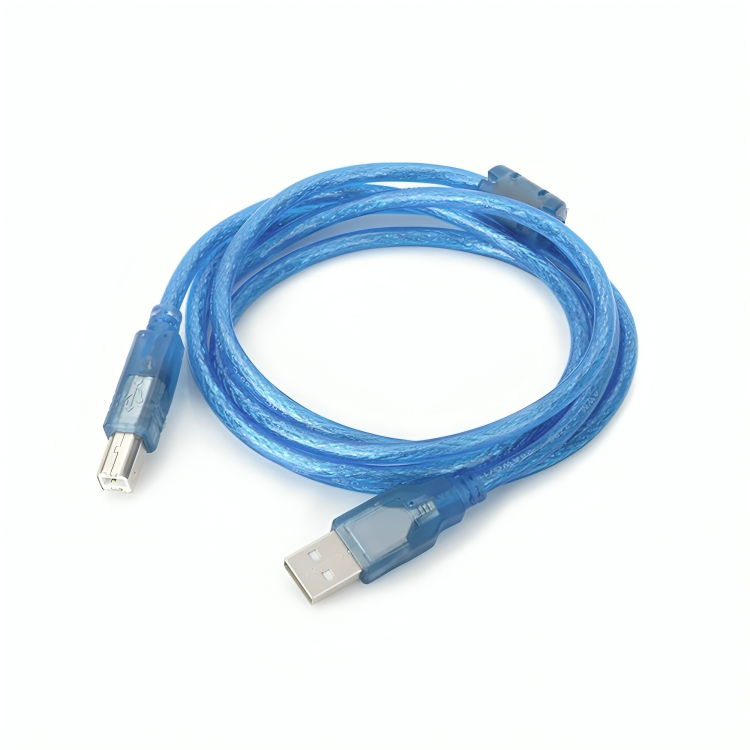


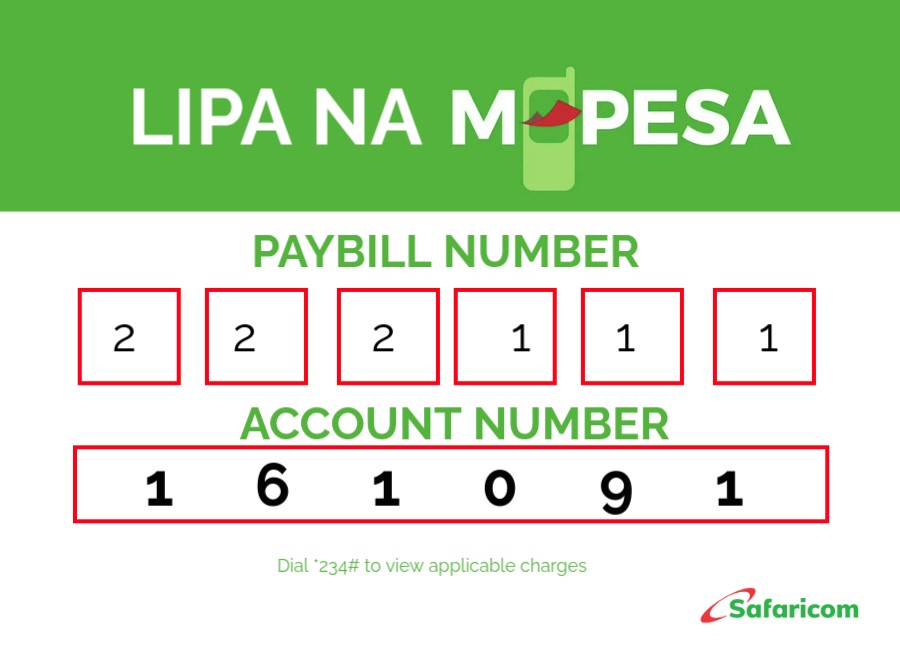
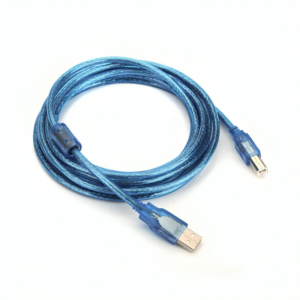

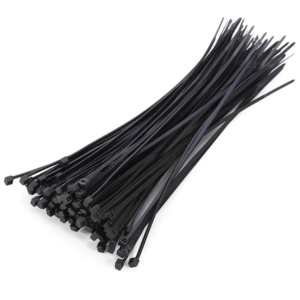
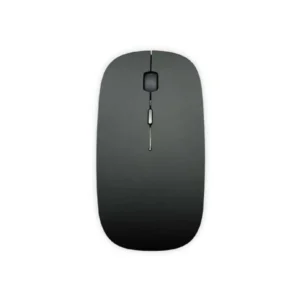



Reviews
There are no reviews yet.